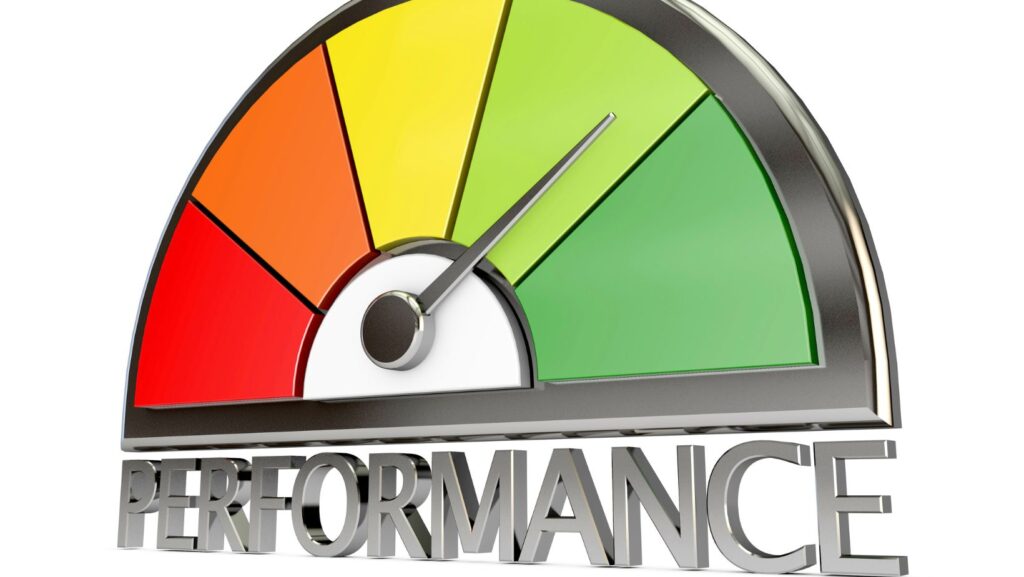As a travel website owner, I know the struggle of maintaining optimal performance. It’s a never-ending quest to provide the best user experience, keep visitors engaged, and ultimately convert them into loyal customers. But how can we achieve this? The answer lies in analytics.
Harnessing the power of analytics can transform the way you run your travel website. It’s not just about tracking visitors anymore, it’s about understanding their behavior, preferences, and needs. With this knowledge, you can tailor your content, design, and marketing strategies to meet those needs and boost your website’s performance.
Understanding Web Analytics
In the realm of travel marketing, grasping the intricacies of web analytics presents an opportunity to significantly enhance a website’s performance. This section unveils the importance of analytics and shines a spotlight on the different types of web analytics tools.
Importance of Analytics for Travel Websites
Web analytics serve a crucial function in the progress of travel websites. Understanding visitor demographics, preferences, and on-site behaviors are paramount, as these insights drive effective tweaks and changes on the site. A simple yet profound example involves observing bounce rates. High bounce rates often indicate a mismatch between your site content and visitor expectations. Swift identification and correction of these mismatches escalates website popularity and conversion rates.
By analyzing visitor interactions, web analytics help pinpoint effective marketing avenues. Let’s say organic search drives 60% of your traffic and social media just a meager 5%. This unearths a potential need for reconsidering your social media strategy, consequently pumping up website growth and performance.
Types of Web Analytics Tools
Diverse ranges of web analytics tools exist, each catering to different needs. Let’s delve into some major types and highlight their prime functions:
- Descriptive analytics tools like Google Analytics facilitate data-driven decisions by answering questions related to ‘who, where and what.’ For example, they can inform you of the geographic location of the most visitors, the pages they visit the most, and their onsite behaviors.
- Diagnostic analytics tools, such as Adobe Analytics, delve deeper into ‘why.’ It aids in identifying patterns through drill-downs, filters, and correlations to understand the reasons for specific outcomes.
- Predictive analytics tools, including SAS Advanced Analytics, use historical data to forecast potential visitor behavior and outcomes, aiding in proactive website strategy.
- Prescriptive analytics tools like IBM Watson go even further by suggesting actions to capitalize on predictions.

I encourage you, as a travel website owner, to derive the potential of these tools to the fullest and harness the power of analytics for boosting your website’s overall performance.
How to Use Analytics to Improve Travel Website Performance
As an expert in the field, I’m here to guide you on using analytics to elevate your travel website’s performance. Uncovering the specifics of Key Performance Indicators and monitoring traffic and engagement through analytics can significantly boost your travel website’s efficiency and effectiveness.
Identifying Key Performance Indicators (KPIs)
Primarily, let’s delve into the importance of Key Performance Indicators. KPIs serve as a necessary tool for travel website owners in measuring their site’s performance over a certain period. They provide quantifiable measurements that can guide their future decision-making process.

For instance, important KPIs for travel websites can include website traffic, bounce rates, average session duration, and booking conversion rates. Recognizing these can uncover potential challenges and opportunities for improvement.
Using Analytics to Monitor Traffic and Engagement
Secondly, harnessing the power of analytics is crucial in monitoring traffic and engagement on your travel website. Regularly tracking metrics helps in identifying trends, understanding user behavior, and tweaking your travel marketing strategies accordingly.
A considerable increase in website traffic signifies, your marketing strategies are resonating with users. Contrarily, a drop in traffic can indicate a need for website optimization or may reveal an issue with the user experience. Similarly, higher engagement levels indicate your website’s effectiveness in meeting visitor needs, while lower engagement may point to content or functionality concerns.
With these examples in mind, it’s clear how both identifying KPIs and using analytics to track them can vastly improve your travel website’s performance and, by extension, your business outcomes.
